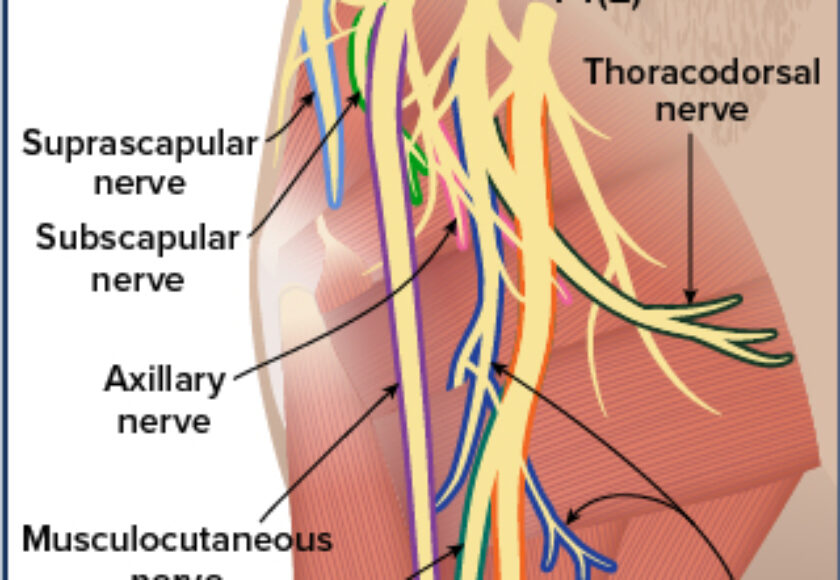Uterine disease in dogs and cats is often influenced by the hormone progesterone, which prepares a female for pregnancy and also helps the mother maintain a pregnancy. However, sometimes things don’t go as planned. One such event is when the uterus, or one of its horns, becomes filled one of several different types of fluid, and the effects can be relatively simple or substantial enough for an emergency hysterectomy to prevent death.

After a pet is no longer in heat, high levels of the hormone progesterone remain for nearly two months, and that high level of progesterone causes the uterine lining to thicken so as to be ready for pregnancy. Progesterone also suppresses the uterus’s immune function. If there is no pregnancy after several cycles, the uterine lining keeps getting thicker until eventually some cysts form inside the lining, a syndrome called cystic endometrial hyperplasia. Those cysts in the thickened lining leak fluid into the uterus.
The first stage of that fluid buildup is hydrometra. Unfortunately, two of the three stages do not have any significant clinical signs, so the pet owner is unaware that there is a medical problem.
A fluid-filled uterus has three stages called hydrometra, mucometra, or pyometra:
- Hydrometra – watery fluid
- Mucometra – fluid with mucous
- Pyometra – pus (white blood cells and bacteria)
In hydrometra and mucometra, the fluid is sterile and there is no infection. Only pyometra is an infection, which occurs when bacteria crawl up the vagina through the cervix and into the uterus, causing a risk of developing endotoxemia (toxins in the bloodstream) and sepsis (in which the body’s response to an infection damages its own tissues) that are generally introduced by uterine disease. In pyometra, the uterus sometimes ruptures, which releases large amounts of pus and dead tissue into the abdomen.
Discovering hydrometra and mucometra is important: the conditions lead to decreased fertility and likely increase the risk of developing more severe uterine disease.
These conditions are more common in countries or areas where it is not typical practice to spay or neuter healthy dogs. They are not uncommon in sexually intact animals, especially in older females.
Radiography (X-rays) may detect uterine enlargement, but an ultrasound can tell if there is fluid in the uterus and may also indicate the type of fluid as well as rule out pregnancy. A dog with pyometra may be quite sick, have a bloated belly, vaginal discharge, a poor appetite, and may be vomiting or drinking far too much water. Blood tests can detect infection and other underlying organ problems.
Treatment
Medical management sometimes involves using a drug called dinoprost (Lutalyse) to clean out the uterine contents; it is used to induce labor and the same contractions as occur in labor help eject the excess fluid. Sometimes vaginal infusion of warm saline can help empty the uterus.
While any stage of the first two conditions can be treated medically, they will recur. They will not resolve on their own and are a risk. Spaying is the only permanent fix.
Pyometra generally occurs in middle-aged to older female dogs in the six weeks following heat. The uterus fills with pus, bacteria, dying tissue, and toxins; at some point the uterus dies, releasing all of that dangerous material into the abdomen. It is a life-threatening emergency. A dog or cat with pyometra must be surgically spayed immediately (after stabilization) or she will die.
Oddly enough, the easiest one to fix is pyometra: treatment is a single surgery, despite being a bit more complex than a regular spay, and some antibiotics. Given that it’s otherwise fatal, it’s a good thing that the pet will have signs so that you know something is going on. Hydrometra and mucometra can be slow to respond to the dinoprost that lowers progesterone – sometimes taking a few months – and thus take much longer to treat than a surgical fix.
Pyometra is one of the main reasons for preventive spays. Removing the uterus is the only way to prevent hydrometra, mucometra, and pyometra.

